
HCSB Will Be Updated and Become CSB
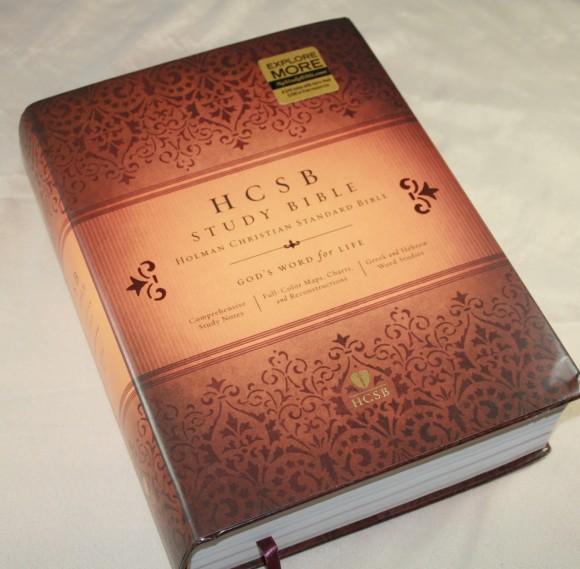
The Holman Christian Standard (HCSB) is currently going through a revision. When the revision launches in March of 2017 it will have a name change: Christian Standard Bible (CSB).
The HCSB title will continue to be used until the update in 2017. There will be a full line of Bibles for readers of all ages with the first run of products releasing March 2017.
You can find more information at the new CSB website: CSBible.com
The website includes translation information, transition plans, tools, merchandising, and products.
The Bible in this image is the HCSB Study Bible. You can read the full review here: HCSB Study Bible Review.

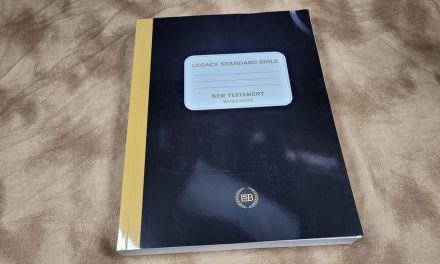
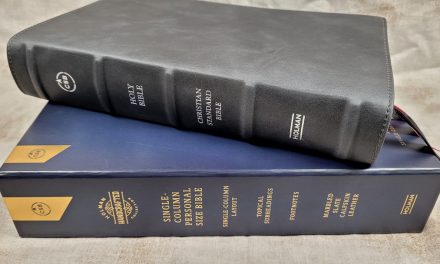
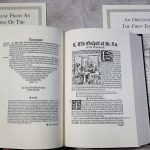
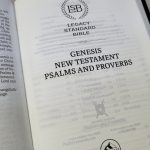



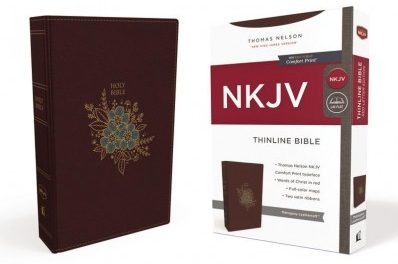



Exciting news! I preach from the HCSB each week, so I’m thrilled to see an updated text coming.
I like the HCSB as it is easier to read and understand than the NIV. I wish it was a little more gender neutral (but not as much as the NIV) but otherwise I like studying the bible from it.
And BTW, in the Philippines at least, the translation has always been called the CSB. I assume since it is being printed by licensees and that Holman is not well known here.
Ever since I got back into to church, I’ve been using the HCSB for a while (alongside the ESV and other versions). I have the feeling this will be interesting. As for the name change, I think it is good as I’ve always thought the name was clunky.
Here are some things I have on my wishlist for the next year:
1) Decide between Yahweh and LORD once and for all. I understand their reasoning, but it would make the translation more consistent. I would advise the same towards Christ vs. Messiah.
2) Make the plan of salvation page optional or limit it to outreach Bibles and Testaments. While I’m a Southern Baptist, I can understand why those in non-Southern Baptist churches disagree with it. In fact a Wisconsin branch of the WELS church listed the Plan of Salvation page as an objection to using the HCSB.
3) Fix some clunky readings. Hebrews 6:7 is one I can think of.
4) Add more words to the bullet notes. As an example, in Acts and the epistles, “tree” is used as a metaphor for the cross. In my opinion, this would be a good word to define because I could see readers taking this literally and missing the point Peter and Paul are making.
5) Bracket more NT readings that differ between the UBS5/NA28 texts and Majority/TR texts.
6) Add more Bibles without references and red letters. I have an ESV thinline without the former and with the latte. I’ve found it hard to find a comparable HCSB.
I’m with you on the wishlist. I personally would like to see “This is the LORD’s declaration” changed to something less awkward for public reading of the Scriptures. I also hope they will release a wider product offering. I’d love to see a Reader’s Bible (in the vein of Crossway’s ESV product), as well as some higher end Bibles (calf or goatskin, wide-margin reference, etc.)
I hope it’s based on the Received Text. The minority critical text shouldn’t even be considered. The New Testament wasn’t written in Egypt.
Actually the original plan was the Majority Text, at least Arthur Farstad would’ve ended up with a MT based Text at the end of the translation process, but sadly he passed away before he was able to see the project through. You know there are over 5000 manuscripts in the MT, but only several in the Received Text or TR and I think 1 in the Critical Text. I just find it amusing that people debate over several manuscripts, but completely ignore the fact that over 5000 manuscripts are not being utilized in a major translation. Sorry, I’m just expressing my 2 cents, not unlike Mr. Farstad I also want a major translation based off the MT.
this is very ignorant on how textual criticism works. the TR or Received Text were formed from a few manuscripts that didn’t agree and all late 12th century manuscripts. please show yourself diligent on study from the right source to prove yourself worthy before God and ready to answer the faith you gave. please verify all the kjv only claimed about the TR
That’s the standard line parroted by critical text supporters. No, it’s the minority critical text that’s based on a few manuscripts out of Egypt that don’t even agree among themselves, being full of excessive omissions, copyist errors, and scribal alterations. The Received Text/Majority Text are of the byzantine family of manuscripts from the Asia Minor area, and are the vast majority of over 5,000 manuscripts. Textual critics know full well that these manuscripts represent the overwhelming majority of Greek manuscripts and lectionaries. For well over 1,000 years the byzantine text was the primary standard and The authority throughout the Greek speaking world and with good reason. The Received Text/Majority Text has the overwhelming statistical evidence and the geographical location. The minority critical text has neither.
the KJV was translated from the TR which WAS NOT resulted from “5000” manuscripts as some made you believed.
The TR was derived from less than 10 manuscripts of around the 12th century (minority).
Don’t let anyone fool you by saying the KJV is from the majority. Another note: no 2 manuscripts from the majority 5000+ manuscripts are agree with each other. I encourage you to study and verify all “facts” from the KJVO camp.
God bless you if you study His words.
There are now at least 4 translation based on the Received Text: KJV, NKJV, MEV, YLT, and not KJV only.
It’s really sad how modern day critical text “scholars” have mislead so many people with their erroneous articles and writings. It’s really sad people don’t read Erasmus’ own writings in Latin to find out what he really said, yet they believe the lies of biased critical text “scholars.” Erasmus used more than 10 manuscripts and older than the 12th century. Plus, libraries in Europe didn’t just give away free manuscripts, he traveled and corresponded with other scholars and wrote down variants in his notes and annotations. Plus you can add that he rejected codex vaticanus and others similar to it.
Then there’s Robert Stephanus’ five editions of the Textus Receptus. Stephanus had a whole range of ancient valuable manuscripts from the Royal Library in Paris that he used, which are no longer to be found anywhere in the world today. Erasmus’ final edition agreed remarkably with Stephanus’ 1550 edition. And Stephanus’ ancient rare manuscripts also contained 1 John 5:7. So Erasmus final edition agreed remarkably with Stephanus’ 1550 edition which was also based on a whole range (30+) of rare valuable manuscripts. Do you see the connection? The Textus Receptus agrees with the overwhelming majority of the manuscripts in existence today.
Charles Ellicot, the chairman of the English Revised Version committee, admitted that Erasmus’ manuscripts represent the “majority”:
“The manuscripts which Erasmus used differ, for the most part, only in small and insignificant details from the bulk of the cursive manuscripts…The general character of their text is the same. The first ancestor of the Received Text was at least contemporary with the oldest of our extant manuscripts, if not older than anyone of them.” (Charles John Ellicot, The Revisers and the Greek Text of the New Testament, pp 11-12)
Fredrick Kenyon also stated, “The vast majority of cursives contain substantially the same type of text, that, namely, which appears in the Received Text and is translated in our Authorized Version.” (Our Bible and the Ancient Manuscripts Being A History of the Text and its Translations, Fredrick G. Kenyon, Third Ed. pg 103).
And critical text supporter D.A. Carson admitted , “There are far more manuscripts extant in this tradition than in the other three combined [Alexandrian, Western, and Caesarean]” (D.A. Carson, The King James Version Debate, pg 26).
If all that weren’t enough, we have the witnesses to the Received Text from the earliest versions of the bible and the writings of the early church fathers.
Origen even testified that the manuscripts in Egypt were corrupt by the early third century (200 AD):
“…the difference among the manuscripts have become great, either through the negligence of some copyist or through the perverse audacity of others; they either neglect to check over what they have transcribed, or, in the process of checking, they lengthen or shorten, as they please. (Origen, Comm. Matt. XV.14).
These are the manuscripts compiled by Nestle Aland/UBS.
These are the manuscripts out of Egypt that they call “scholarly”.
Here’s another quote from an early church father on Mark 1:2. Even though Mark quotes 2 prophets, the corrupt critical text reads, “As it is written in Isaiah the prophet.”
But Irenaeus (130-202 AD) quotes this verse 3 times as it’s recorded in the Received Text:
“Mark also says: The beginning of the Gospel of Jesus Christ, the Son of God, as it is written in the prophets.” (Irenaeus, Against Heresies, Bk 3, Ch. 16.3).
Again, “Wherefore also Mark, the interpreter and follower of Peter, does thus commence his Gospel narrative: ‘The beginning of the Gospel of Jesus Christ, the Son of God; as it is written in the prophets, Behold I send my messenger before thy face…”. (Irenaeus, Against Heresies, Bk 3, Ch. 10.5).
And this doesn’t even begin to scratch the surface of the validity of the Received Text.
Overall I like the HCSB. My nick pick with it is over the use of people instead of men. I.e. Fishers of men instead of people. Maybe just me being insane
I agree Joseph. Sometimes translators go overboard trying to be politically correct and lose the sense of a passage or just make it sound strange for no reason. The word ‘man’ is still used as a generic term to indicate humanity in general and should still be used in my opinion.
Doesn’t the latest HCSB say “I will make you fish for men”? I like the HCSB (sometimes), but that line sounds like he’s going to turn them into fish, so men can have dinner! It would have been much better, if sticking with “for” to translate as “I will make you to fish for men”, or something similar.